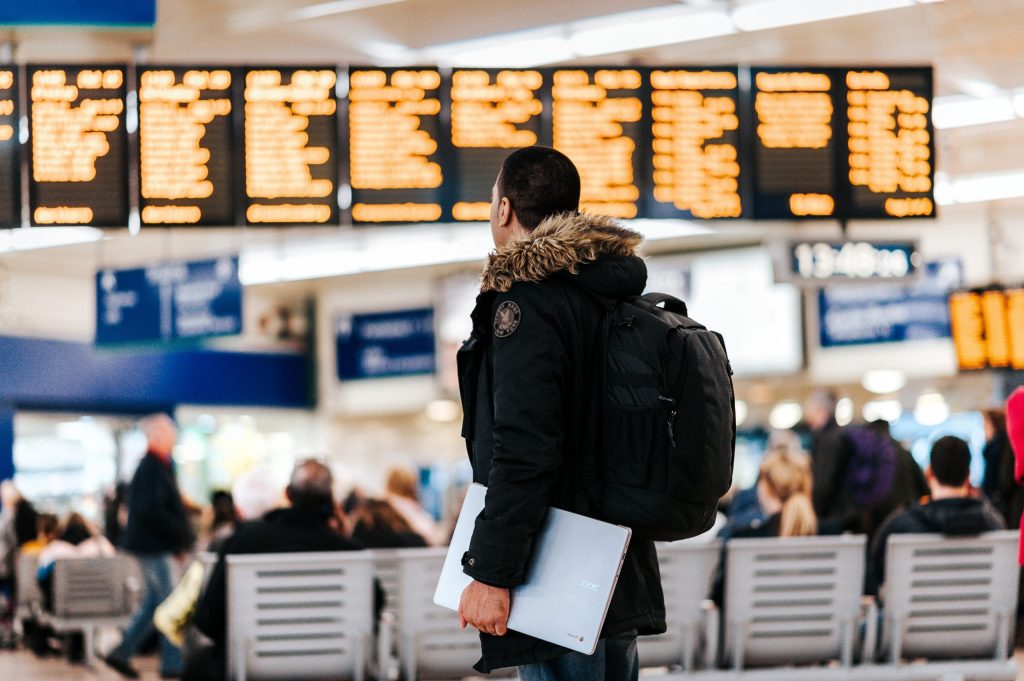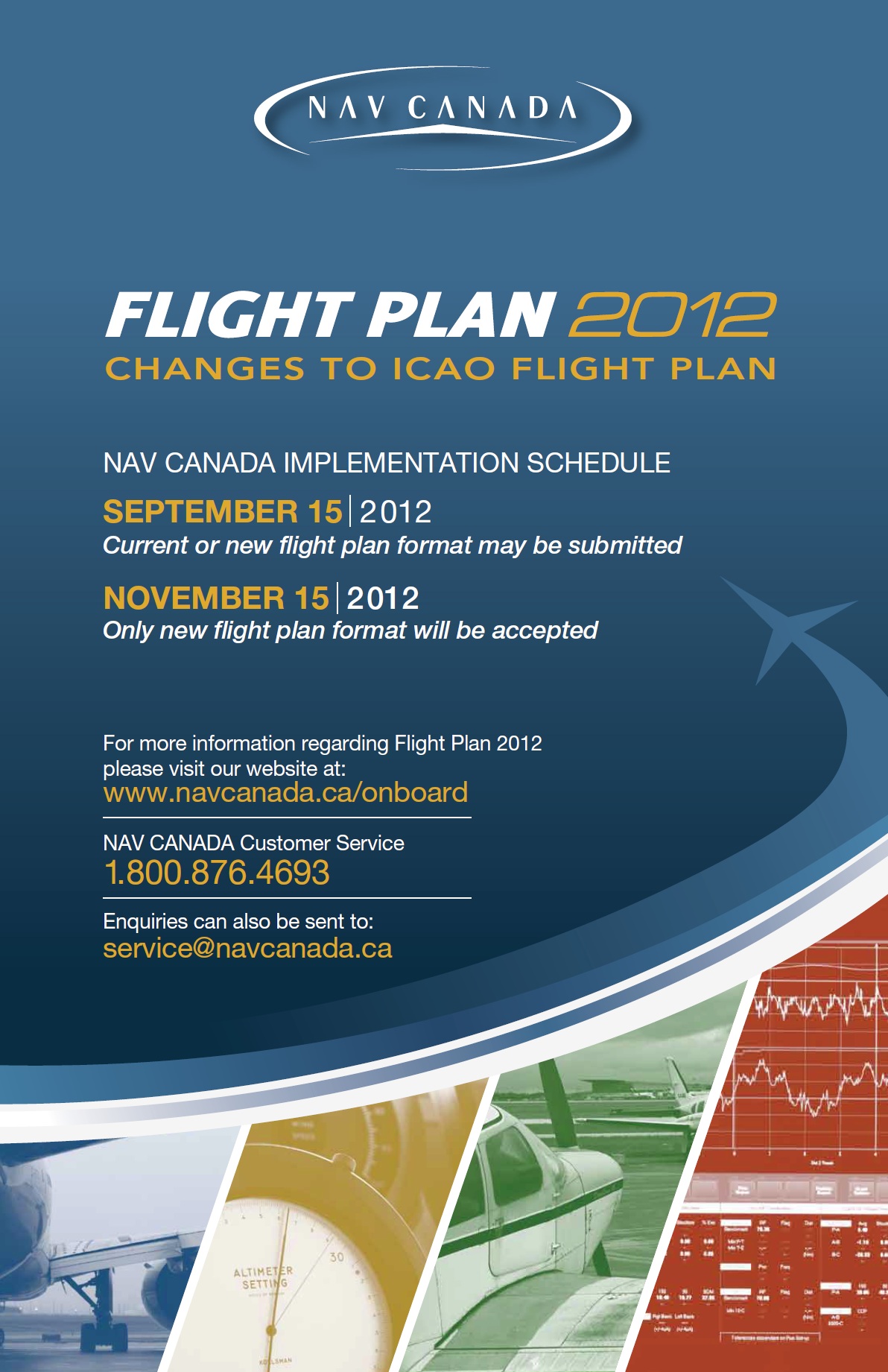What the flow! Why is my flight delayed?

If you are a regular traveler to Canada’s biggest and busiest airports you are likely familiar with a couple dreaded terms, flow, ground delay program and the worst one of all, ground stop.
So what do they mean? Well, as frustrating as these delays are, they are there to keep Canada’s air traffic organized and most importantly safe.
Flow
Let’s start with flow. As the name implies flow is a method air traffic control (ATC) uses to control the timing of aircraft arriving in busy airspace. There are only so many aircraft air traffic controllers and the physical airspace can handle. This can change based on staffing levels, weather and runways available. To prevent too many aircraft arriving at the same time ATC institutes flow control. Without flow aircraft would have to hold (circle around) until the airspace can accept them. Holding is not efficient and is frustrating for passengers and crew. When an aircraft no longer has enough fuel to hold it will have to divert to an alternate airport making passengers wait even longer.
When a flow program is introduced the pilots must estimate when their aircraft would be ready to take off. ATC will then determine the best time to depart to avoid holding at the destination. Sometimes this can be a 10 or 20-minute delay, sometimes it can be hours. It all depends on the situation ATC is dealing with.
Some busy Canadian airports consistently have flow programs in place, but normally during good weather days, the flow program only creates minor delays during peak times.
Ground Delay Program (GDP)
The intention of a ground delay program in Canada is similar to flow as a means to prevent airports with reduced capacity having to hold or divert aircraft. This can be for various reasons, but the weather is normally the culprit. Thunderstorms in the summer and snow/ice storms in the winter can significantly reduce airport capacity. If an airport can normally accept 50 arrivals per hour and that is reduced to 25, GDP is started. In this case, airlines will work with ATC to negotiate a share of the arrival slots.
So, if an airline normally has 25 arrivals in an hour reduced to 10, some hard decisions have to be made. Airlines can delay flights until a slot is available or cancel. A lot of variables have to be looked at including passenger connections and crew/aircraft positioning. Once the airlines have made their decisions a departure time is assigned to a flight. Unfortunately, GDP delays tend to be much longer than flow and there is always a chance GDP will change based on changing conditions. Plus, if an aircraft misses its departure time it could be a long wait to get a new one.
Ground Stop
When capacity at airports becomes too restricted or weather conditions too significant a ground stop can be initiated. Basically, no aircraft can depart to an airport with a ground stop. Ground stops may only include certain geographic areas or aircraft types depending on the situation. There is normally a time associated with a ground stop. For example, a ground stop may be initiated for half an hour. At the end of the half hour, the ground stop may be extended or terminated. Ground stops typically lead to GDP depending on the situation.
Photo credit: Photo by Anete Lūsiņa on Unsplash





